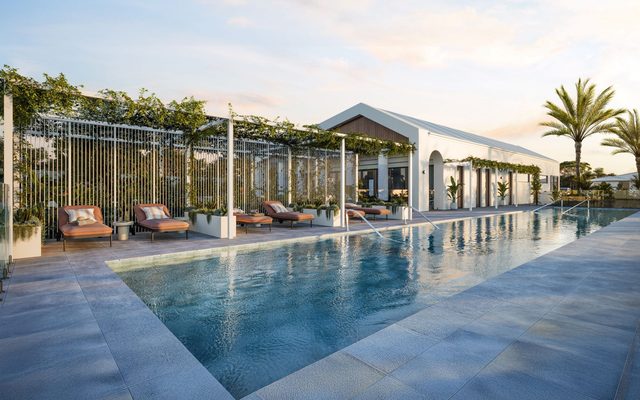This article is from the Australian Property Journal archive
STOCKLAND’S profits were wiped out after its commercial and retirement living portfolios took a combined $580 million hit in devaluations, but residential settlements have so far held up through the pandemic.
The statutory loss of $14 million was a far cry from its $311 million profit a year earlier.
Funds from operations was down 8.0% to $825 million and FFO per security was 34.7 cents, down 7.2%, which outgoing managing director and chief executive officer, Mark Steinert said reflected COVID-19 impacts across the business, particularly on retail town centres, offset by growth in its residential and workplace and logistics sectors.
Distributions per security was 24.1 cents and the distributions payout ratio of 70% was slightly below target range. Net operating cashflows of over $1.1 billion reflected strong residential settlements.
Stockland declined to provide 2021 guidance.
Devaluations in commercial property totalled $464 million, and $116 million in retirement living.
“With a strong liquidity position, we are well placed to respond to increased demand in housing and logistics and relative strength of convenience based retail centres,” Steinert said.
Workplace and logistics move
The group has continued to reweight its portfolio away from the troubled retail sector, more than doubling its workplace and logistics development pipeline to $5.5 billion and increasing its weighting to 29% from 23% of portfolio asset value.
FFO in the retail sector was $343 million, with comparable growth down 17.0%. Portfolio total moving annual turnover inched upwards by 0.8%. About 190 tenants are on holdover leases.
About $220 million non-core retail asset divestments contracted to sell in FY19 were settled during the year, and contracts were executed for an additional $418 million following the close of the period. Retail accounts for 39% of the total portfolio.
Over the last 24 months Stockland has sold $923 million worth of non-core shopping centre assets, and took a massive $715 million hit – 10.7% – to its retail town centres portfolio, following a $474 million hit over the previous year.
In contrast, the workplace and logistics portfolio saw upwards net revaluations of $251 million. Stockland acquired or contracted to acquire sites valued at over $1 billion.
Saranga Ranasinghe, vice president, Moody’s Investors Service said Stockland’s fiscal 2020 results highlight the benefits of its diversified property portfolio and exposure to non-discretionary retail.
“Cash collections from retail dropped to 61% in the fourth quarter amid the coronavirus outbreak, and drove a 20.5% decline in funds from operations for retail properties.
“However, underscoring the strength of its diversified portfolio, the decrease in group funds from operations was contained at 8%. Despite the challenging environment, retail occupancy remains around 99%, and around 94% of stores are currently operating.”
“As the largest master planned community builder in Australia, we expect Stockland to benefit from government stimulus aimed at first-time home buyers. The group also continues to benefit from strong liquidity.”
Residential returns up
Stockland’s residential FFO lifted 2.5% to $372 million, with an operating profit margin of 19.9%. The group counted 5,319 lot settlements. Settlements are completing within similar timeframes to pre-COVID-19 levels, but June quarter default rate was about 7% and is expected to remain elevated reflecting the ongoing uncertainty.
COVID-19 and the resulting restrictions dented sales in April, but a gradual recovery in May led to a “market significantly buoyed” by the government’s HomeBuilder program in June.
The FY20 net deposits of 4,995 reflects a 14% increase on FY19.
Stockland has a leading 13% market share, more than three times that of its nearest competitor. Some $535 million of acquisitions were made, adding about 3,600 lots to its pipeline, including the $415 million purchase of The Gables in north west Sydney.
Retirement living hit hard
FFO in the group’s retirement living business lifted 4.8% to $58 million, with 22% growth of established contracts on hand. Established sales grew 11.3%.
However, portfolio value reduced by $116 million driven by a reduction in near term growth rates due to COVID-19, increased discount rates to reflect the age of some villages and a reduction in value of vacant stock. Residual goodwill was also written off due to changes in development strategy towards land lease.




